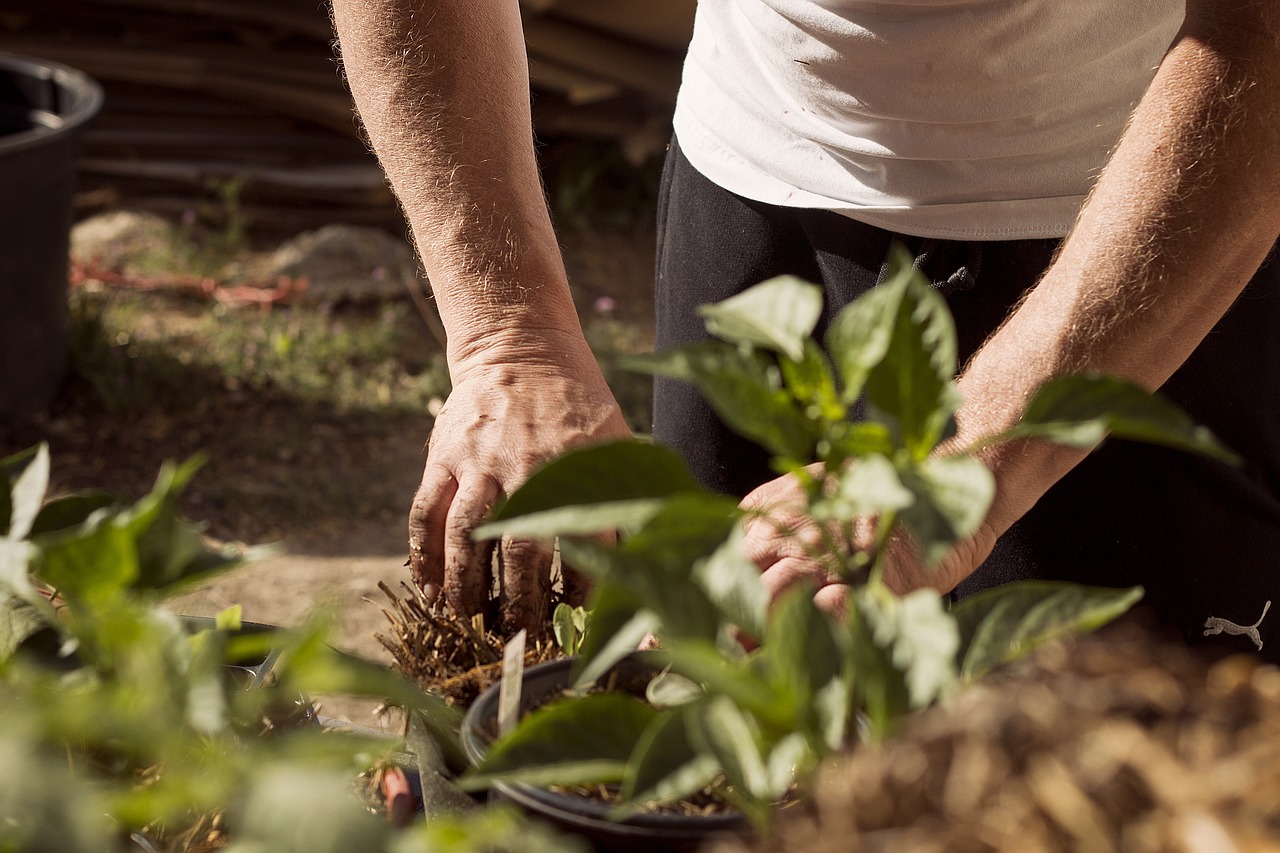
When most gardeners pack away their tools after summer, Zone 6 gardeners have a secret advantage — fall isn’t the end, it’s the beginning of something spectacular.
With crisp mornings, cooler soil temperatures, and fewer pests, autumn offers the perfect window to set your garden up for success. Plant now, and by the time winter passes, you’ll be rewarded with lush spring blooms, hearty vegetables, and vibrant beds that look like they’ve been growing for months.
But what should you plant? How do you time it right before frost sets in? And which plants actually thrive in a Zone 6 fall climate? Let’s break it down.
Understanding Zone 6 Gardening
Before you start digging, it’s important to understand your growing conditions.
- Average first frost date: October 17–31
- Average last frost date: April 15–30
- Winter lows: -10°F to 0°F (-23°C to -18°C)
These frost dates are key. In fall, you’re racing the clock — planting just early enough for roots to establish but not so late that plants get damaged by sudden freezes.
Why Fall Planting Works So Well in Zone 6
- Cooler air = less plant stress – Roots focus on growth instead of fighting extreme heat.
- Warm soil from summer – Ideal for quick root establishment.
- Fewer pests and weeds – Less competition and less spraying.
- Moisture retention – Cooler temps mean water evaporates more slowly.
1. Fall Flowers for Zone 6 That Shine in Spring
Fall is prime time for planting perennials and hardy annuals that will burst into bloom once temperatures rise again.
Best Perennials to Plant Now
- Echinacea (Coneflower) – Tough, drought-tolerant, and a pollinator magnet.
- Black-eyed Susan – Bright golden blooms and low maintenance.
- Daylilies – Reliable bloomers that spread beautifully.
- Peonies – Plant now for show-stopping blooms in late spring.
- Hostas – Perfect for shady spots and thrive when planted in cool soil.
Tip: Water deeply after planting, then add a 2–3 inch layer of mulch to insulate the roots over winter.
Hardy Annuals to Sow in Fall
- Pansies & Violas – They can overwinter in Zone 6 and bloom early in spring.
- Snapdragons – Tolerate cold and add height to spring beds.
- Sweet Alyssum – Spreads quickly, creating a fragrant carpet of blooms.
2. Fall Vegetables That Thrive in Zone 6
If you think vegetable gardening stops after August, think again. Many cool-season crops taste better after a light frost because cold weather triggers natural sugar production.
Fast-Growing Crops to Plant in Early Fall
(Plant these by late August to early September for fall harvest)
- Lettuce – Loose-leaf varieties grow fast and keep producing.
- Spinach – Sweet and tender after cool nights.
- Radishes – Ready to harvest in just 25–30 days.
- Arugula – Peppery leaves for fall salads.
Overwintering Vegetables for Early Spring Harvest
(Plant in September–October and harvest next spring)
- Garlic – Fall planting produces bigger, more flavorful bulbs.
- Onions (sets or seedlings) – Overwintering varieties are best.
- Kale – Stays green under snow and tastes sweeter in cold weather.
- Brussels Sprouts – Plant early in fall for a winter harvest.
Tip: Use row covers or cold frames to extend the harvest and protect plants from early frost.
3. Bulbs to Plant in Fall for a Spring Spectacle
Bulbs are the ultimate low-effort, high-reward plants. Tuck them into the ground in fall, and by spring, they’ll emerge with zero extra work.
Must-Plant Spring Bulbs for Zone 6
- Tulips – Endless colors and bloom times from early to late spring.
- Daffodils – Deer-resistant and extremely hardy.
- Crocuses – Among the first blooms to appear after winter.
- Hyacinths – Fragrant and vibrant.
- Alliums – Striking globe-shaped blooms that last for weeks.
Plant bulbs about 2–3 times deeper than their height, and always point the growing tip up.
4. Timing Your Zone 6 Fall Planting
The trick to fall planting is working backward from your first frost date.
General Timeline
- Late August – Early September: Sow fast-growing vegetables like lettuce, spinach, and radishes. Plant perennials and divide existing ones.
- Mid–Late September: Plant hardy annual flowers and start setting spring bulbs.
- Early October: Finish planting garlic, onions, and late bulbs. Add mulch around perennials.
- Mid–Late October: Install protective covers for overwintering crops and tender plants.
5. Preparing Your Garden for Winter Success
Fall planting isn’t just about putting things in the ground — it’s also about setting up for a healthy spring.
Essential Fall Garden Prep Checklist
- Clear Out Dead Plants – Prevents disease and pest carryover.
- Test and Amend Soil – Add compost, manure, or organic fertilizer.
- Mulch Generously – Protects roots from freeze-thaw cycles.
- Water Before the Ground Freezes – Ensures plants go into winter hydrated.
- Label New Plantings – So you don’t accidentally disturb them in spring.
6. Common Mistakes to Avoid
- Planting too late – Roots need at least 6–8 weeks before the ground freezes.
- Skipping mulch – Unprotected roots can heave out of the soil during freeze-thaw cycles.
- Overwatering bulbs – Can cause rot before they even sprout.
- Forgetting pest protection – Deer and rodents can dig up bulbs in winter.
7. Bonus: Extending Your Fall Harvest
Want to keep enjoying fresh produce longer?
- Row covers – Trap heat and protect from frost.
- Cold frames – Ideal for leafy greens.
- Mulched root crops – Carrots and beets can be left in the ground under a thick mulch layer and harvested well into winter.
